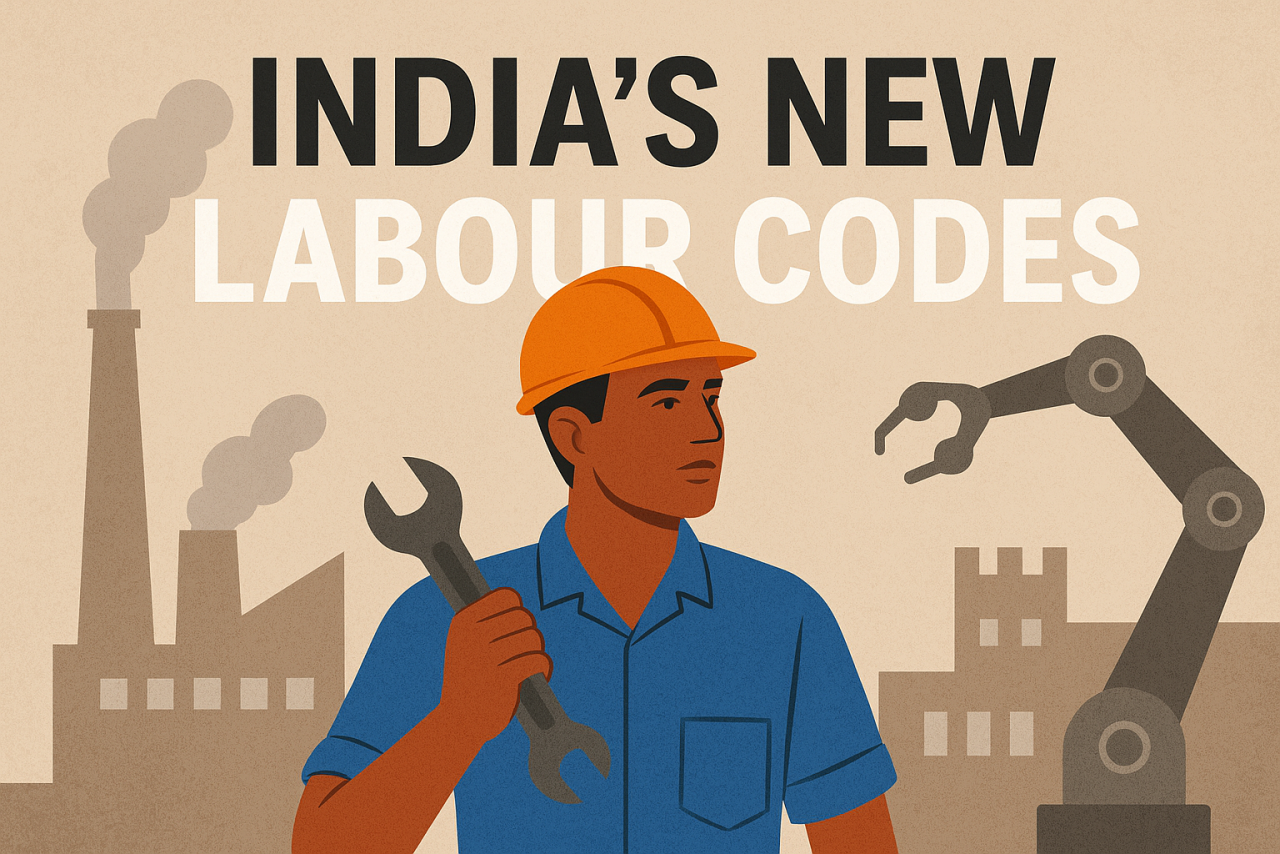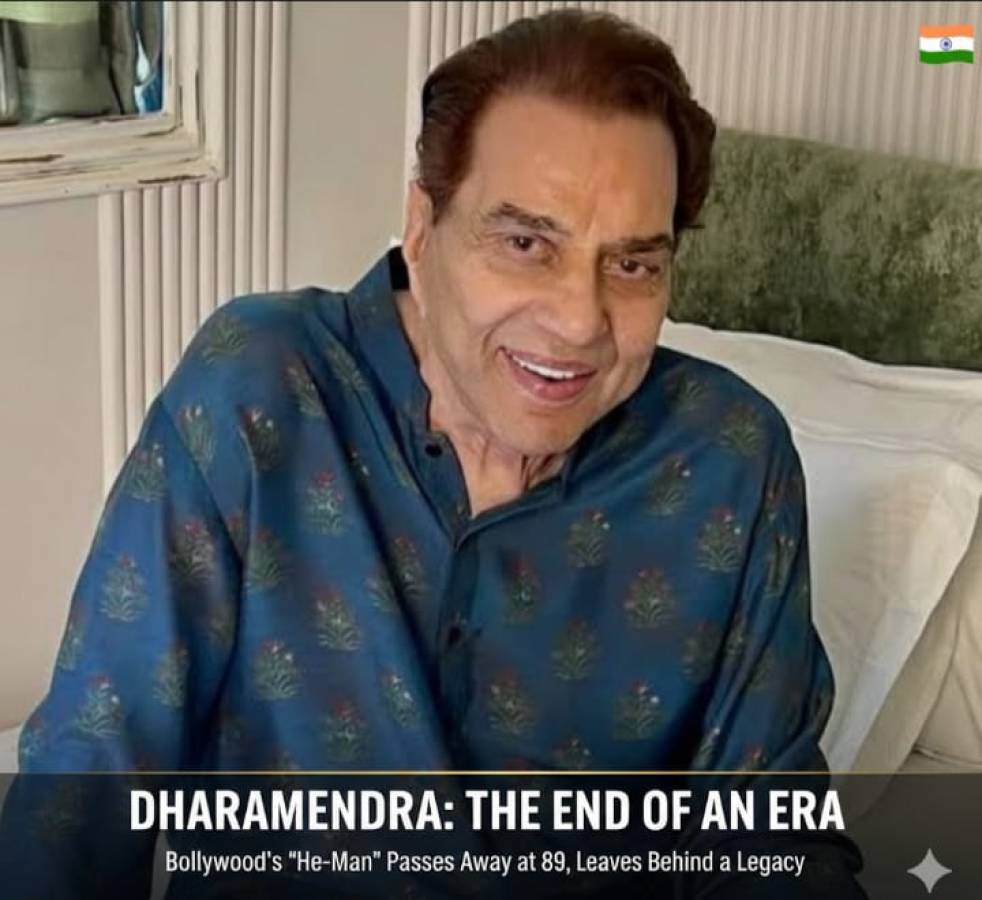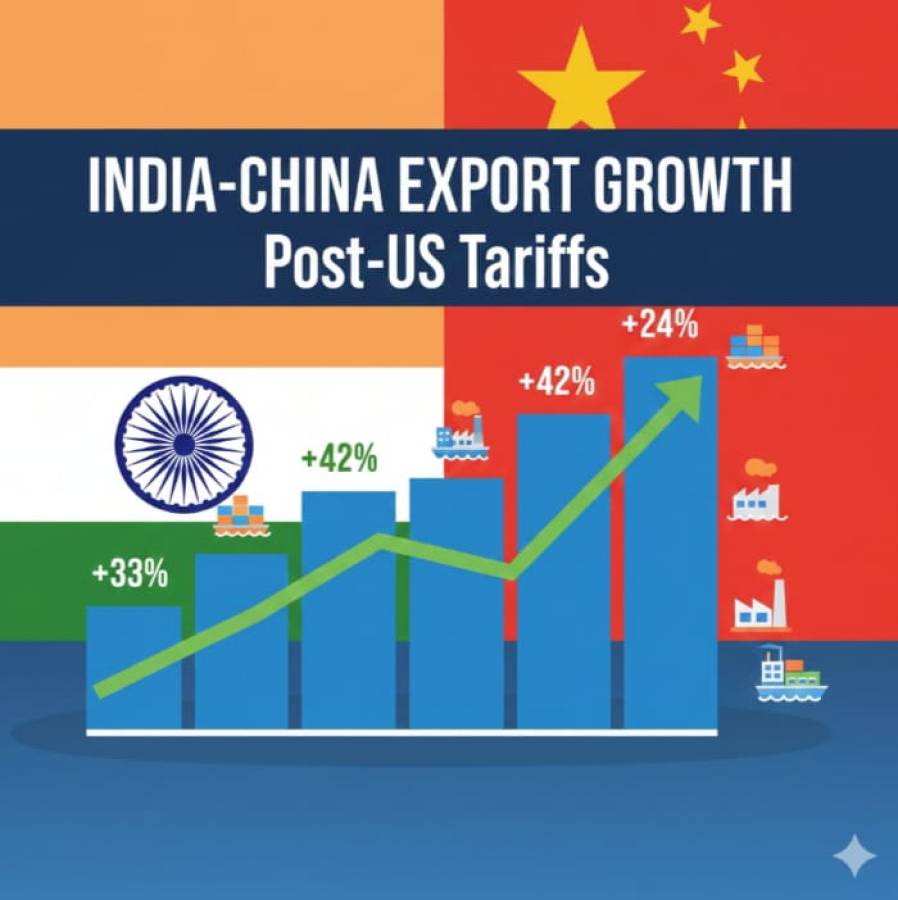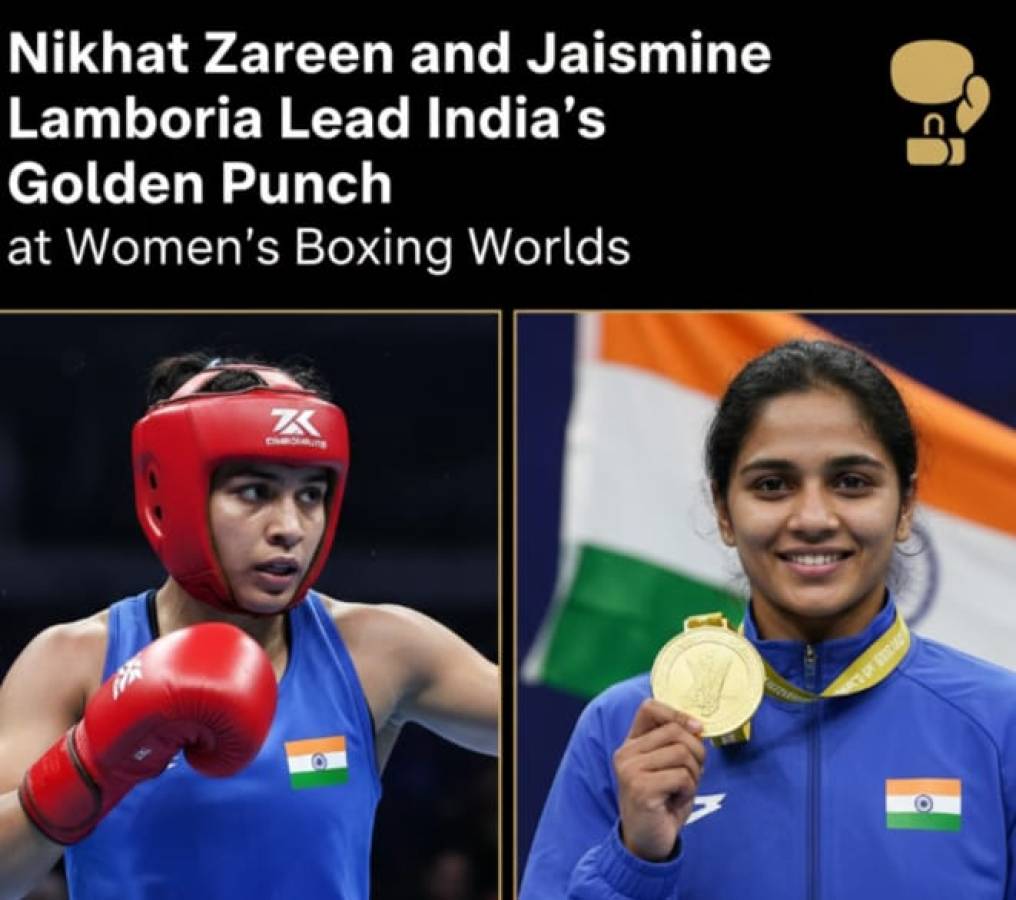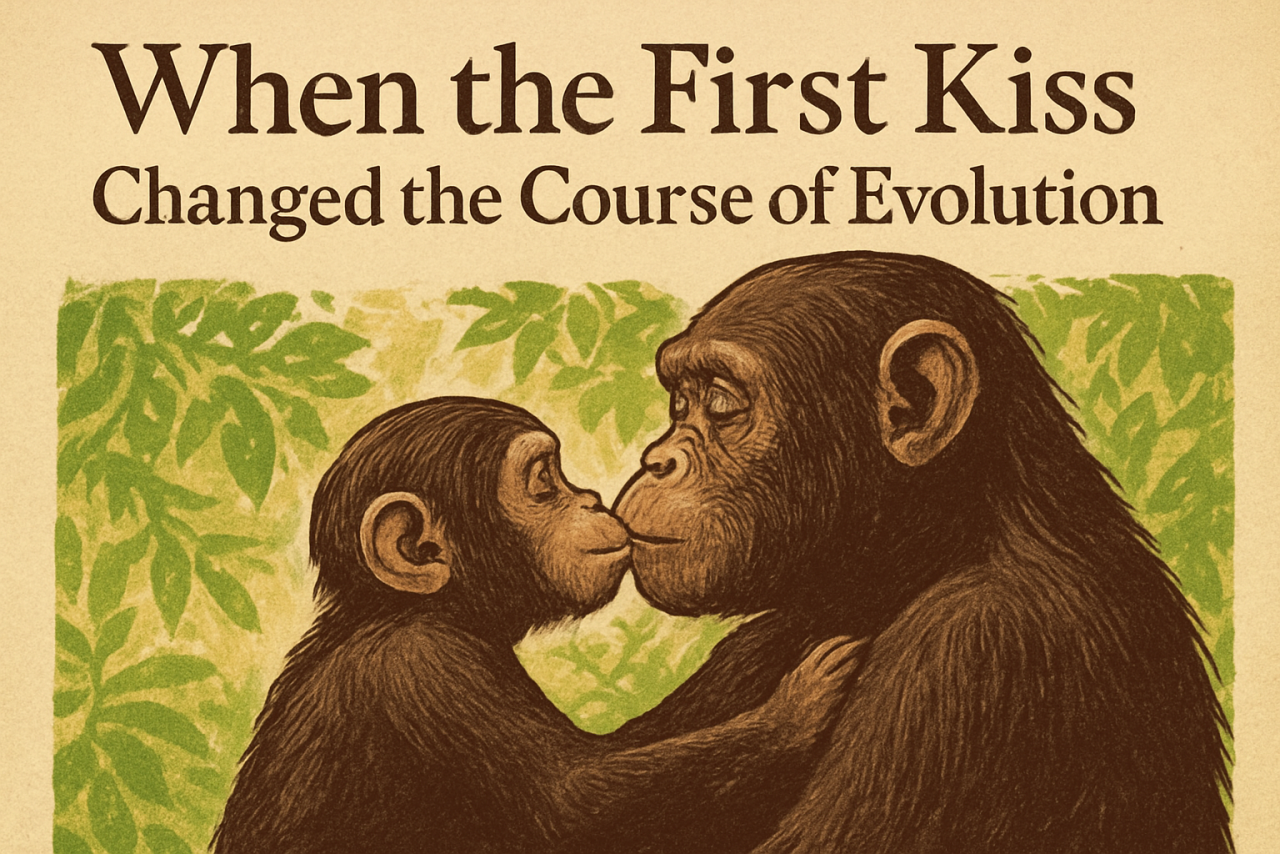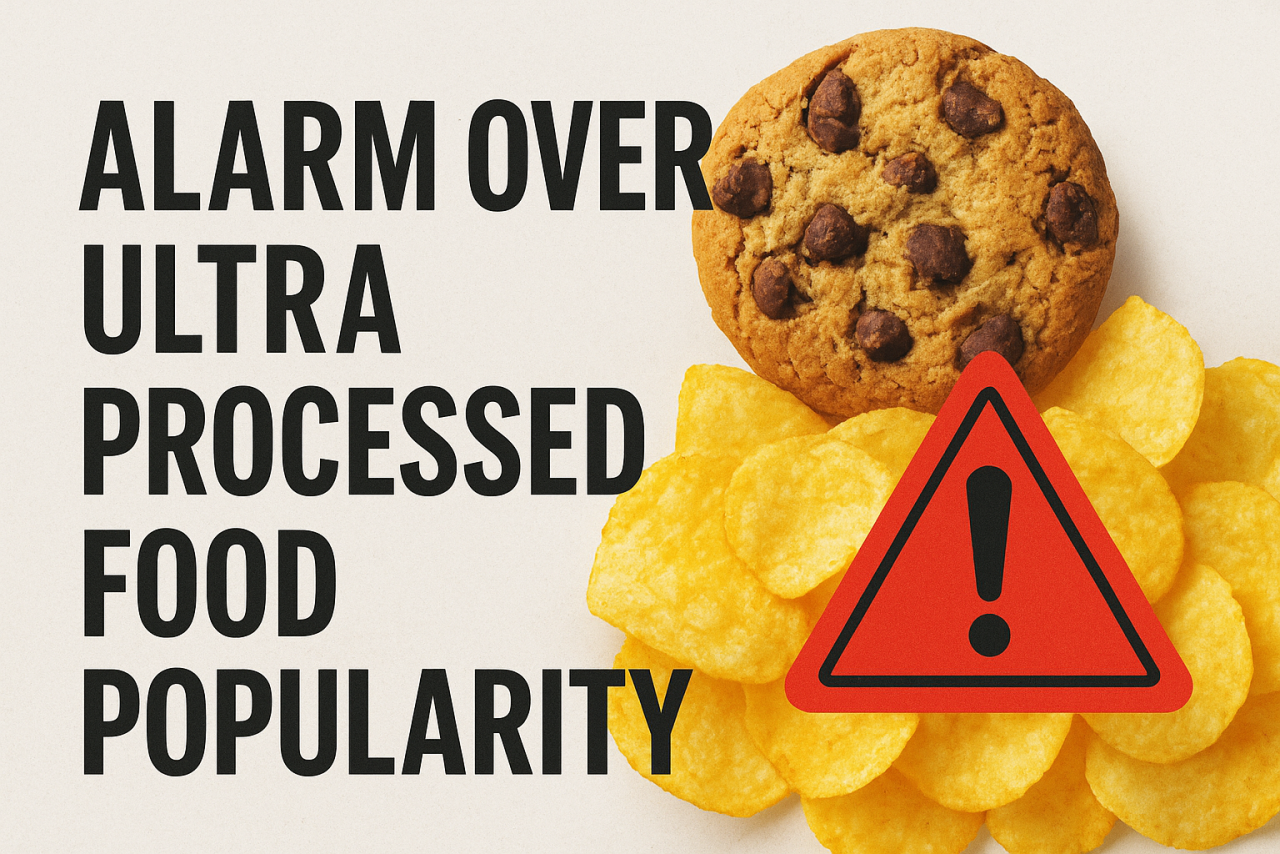
The Indian government is gearing up for a major overhaul of how online content is regulated. The Ministry of Information and Broadcasting (MIB) has drafted a new proposal to amend the Information Technology (IT) Rules, 2021, with the specific goal of tightening its grip on what it calls “obscene” material circulating on the internet. If approved, this amendment will significantly widen the scope of the current regulatory system and bring many more digital publishers and online users under official scrutiny.
The proposal has already been placed before the Supreme Court, following legal challenges and a petition related to objectionable material posted online. The government acknowledges that the IT Act already contains some provisions against obscenity, but it now wants clearer and more specific guidelines that match the growing scale and pace of the digital ecosystem.
Expanding the Ethics Code
At the center of this plan is a reworked version of the Digital Media Code of Ethics, originally introduced through the 2021 rules. The government wants to create separate compliance sections for different types of digital content publishers. Under the proposed structure, the rules would apply to:
- Streaming platforms (OTTs) such as Netflix and Amazon Prime Video
- User-generated content creators, including everyday social media users and influencers
- Digital news publishers, including online news sites and publications
This expansion means that compliance will no longer be limited to large streaming platforms. Instead, it will now extend to individuals and smaller creators who publish videos, posts, and other content across various digital platforms.
Defining What Counts as ‘Obscene’
One of the most significant changes in the draft is the introduction of a specific definition for “obscene digital content.” According to details shared with the press, content will be considered obscene if it is “lascivious or appeals to the prurient interest,” or if its overall effect is “likely to deprave and corrupt persons.” This language closely mirrors traditional censorship standards and is intended to create a clear legal benchmark for determining what crosses the line.
The revised Code of Ethics also lists several prohibited categories. Content must not “offend against good taste or decency,” nor contain anything “obscene, defamatory, deliberate, false and suggestive innuendos or half truths.” Material featuring “indecent, vulgar, suggestive, repulsive or offensive themes” would also be barred. These broad restrictions would apply across all digital spaces covered by the amended rules.
Stricter Rules for Streaming Platforms
For OTT platforms, the proposal introduces a more detailed and tighter age-rating system. The suggested categories include U (Universal), U/A 7+, U/A 13+, U/A 16+, and A (Adult).
Platforms would be required to clearly display these ratings along with content descriptors before a program begins. In addition, any content rated U/A 16+ or A would need parental locks and reliable age-verification mechanisms to prevent minors from accessing it.
A Push for Uniform Standards
Through these amendments, the government aims to bring online content regulation closer to the norms followed in broadcast television. The intention is to create consistent content standards across traditional and digital media. However, this proposal also raises questions about feasibility, particularly when it comes to monitoring the massive volume of user-generated content uploaded every minute across social media.
The final version of these rules will depend on the government’s official notification and the Supreme Court’s review. For now, the proposal marks a major step toward reshaping India’s digital content landscape and redefining the boundaries of what is considered acceptable online.




